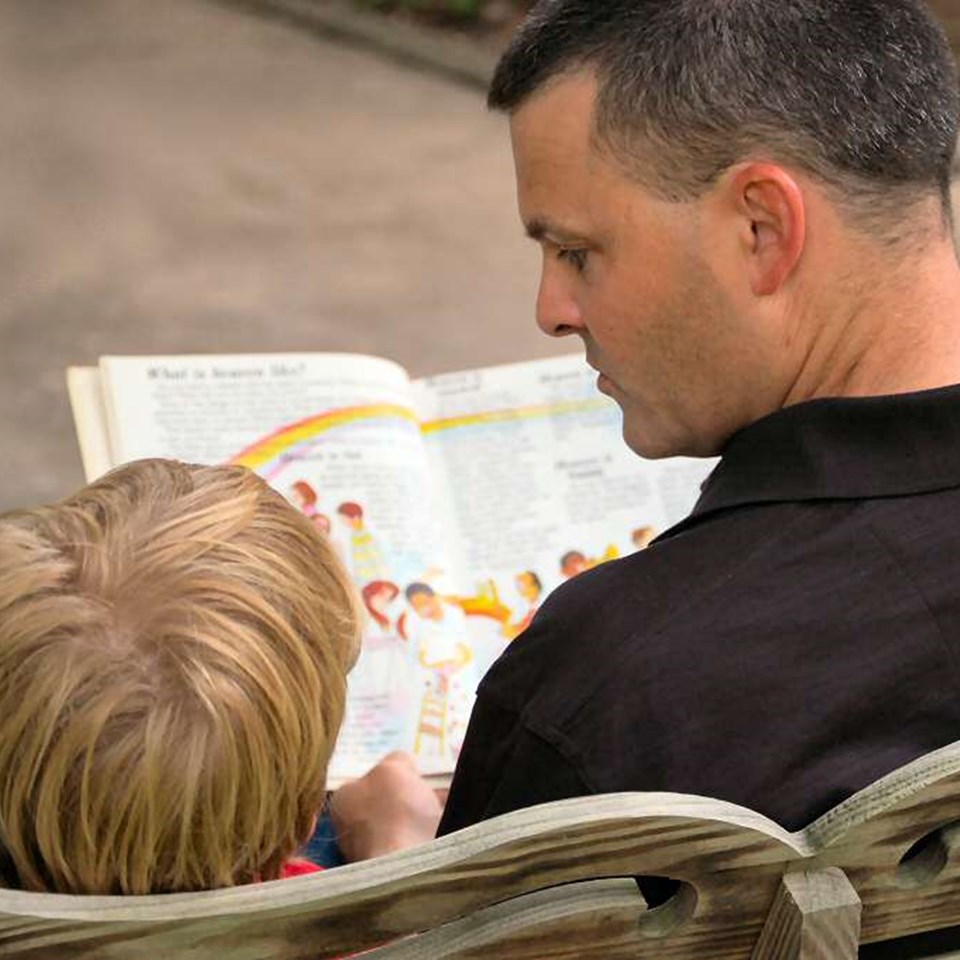Bilingualism

A bilingual speaker is someone that is exposed to or speaks two or more languages. Bilingualism is normal. All over the world millions of people are brought up to speak two or more languages as part of their everyday life.
It's a common myth that you should only speak to children in the language that they will be taught in at school. It’s also a myth that speaking multiple languages will cause confusion for your child and lead to language delay. In fact, there’s lots of evidence to suggest that learning to speak more than one language is good for a child’s overall learning.
Speaking your home language is an important part of teaching your child about their cultural background. It also may help them speak to and understand family members who don’t speak English.
As your child learns, they may start to mix more than one language within the same sentence. This happens most when they are not really aware yet that they are learning two languages, and is a natural stage. It’s known as ‘code switching’. They’ll soon work out the rules of the different languages.
How to help your child
- Modelling the language yourself is the best way to introduce your child to new language structures and vocabulary. Children need to hear language used in context before they can use it themselves
- Sing and tell stories in different languages – the rhyme and repetition help children remember words and how they’re made. Adding signs or gestures can help as they’re the same in different languages
- Read to your children in different languages. Use wordless books if you can't read in your home language or it's a language that doesn't have a written form
- Be careful with questions – avoid asking ‘What is this?’ or ‘What colour is this?’. Questions test children’s knowledge, rather than helping them practice their language skills. Instead talk to your child while they play, for example rather than asking ‘what are you drawing?’ you could say ‘you’re drawing a picture of a beach, I like going to the beach’. See if they respond to your comment with their own sentence
- Using visual aids like pictures and objects will help
- Many children go through a ‘silent period’ when learning a new language; this could last several months but is not usually a cause for concern. They’re simply getting used to hearing new words and being immersed in a new language. They are usually watching and learning and understand far more than they can say
- If your child is ‘silent’ when they start nursery, you could give 10-20 common words in your home language to nursery or see if any nursery workers speak your home language to support your child
- Keep talking to your child in whichever language feels most natural to them. This way you are providing a natural, fluent model of how to talk
- Even when the child has started to learn English well, it is important to keep using and developing their home language too. This will help them understand and use more complex English as they get older
If you have concerns about a bilingual child’s understanding or use of their first language, or their language skills are not progressing as you would expect, do consider seeking support from your speech and language therapy team.
For more information, see our support and advice on English as an additional language.
Visit the following websites for more help and information:
- BBC Tiny Happy People
- NALDIC: Primary National Strategy: Supporting Children learning English as an additional language
- The Centre of Literacy and Multilingualism
- Bilingualism Matters